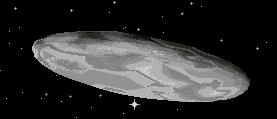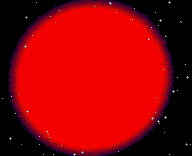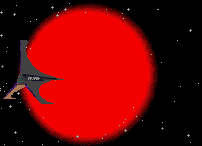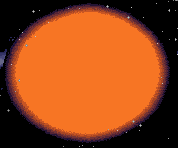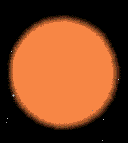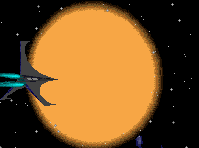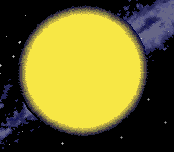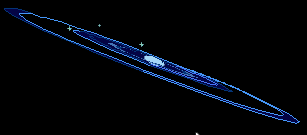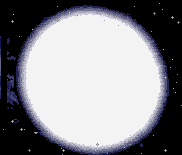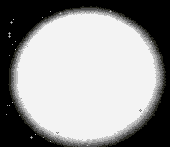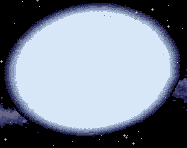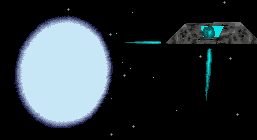Average Mass: 0.1 - 0.5 Earth Masses
Comment: These are small rocky planets that just happened to be within the right temperature range for life, Terraforming a planet is a much more economical in the long run then building stations for a growing population. Only found in well developed systems that need the extra space. Due to its low gravity "Sustained" world needs constant attention to keep its life supporting properties. The most famous Terrerformed world is Mars from the Sol system which provides much needed space for Earths population.
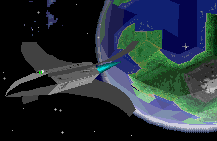
Average Temperature: 20C
Average Mass: 0.5-2.0 Earth Masses
Comment: Larger type of the two types of Terraformed worlds, these are usually terraformed for the purpose of space or to grow foodstuffs. They are large enough to sustain terraforming without help.
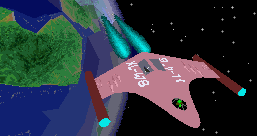
Average Temp: 20C
Average Mass: 0.7-2.0 Earth Masses
Comment: These worlds are surprisingly common in the galaxy, the closest to Sol being in the system Tau Ceti, Worlds with indiginous life can be both troublesome and very rewarding to the newly arrived settler, the life forms on these planets may be dangerous or they may be profitable and unique.

Average Temp: From 50C to -250C
Average Mass: Around 15 Earth Masses
Comment: Commonly found planet throughout the galaxy, the small gas giant is useful in the scooping of hydrogen and other gasses.
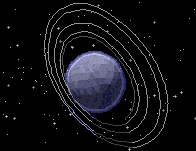
Average Temp: From 50C to -200C
Averge Mass: Around 100 Earth Masses
Comment: Commonly found planet throughout the galaxy, the medium gas giant is useful in the scooping of hydrogen and other gasses. Although it should be noted that the medium gas giant can be dangerous to the larger ships scooping gas, as the gravitational pull can suck an unwary pilot in.
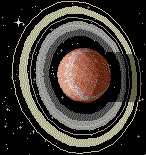
Average Temp: From 50C to -200C
Average Mass: Around 300 Earth Masses
Comment: Commonly found planet throughout the galaxy, the large gas giant is useful in the scooping of hydrogen and other gasses. Although it should be noted that the large gas giant can be very dangerous to the larger ships scooping gas, as the gravitational pull can suck an unwary pilot in.
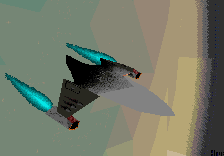
Average Temp: From 50C to -200C
Average Mass: Around 2000 Earth Masses
Comment: One of the rarer planets a very large gas giant is almost a star. Due to thier high gravity they can be very dangerous for larger ships. They are commonly mined for thier hydrogen to provide fule for ships.
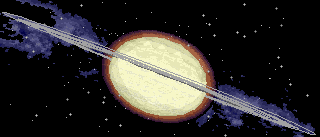
Average Temp: 100C to
-100C
Average Mass: Around 0.5 Earth Masses
Comment: These bleak worlds provide the resources
required for modern life, they commonly feature mining
stations. Almost all mining is now done on either planets
of this type or barren airless planetoids. These planets
are sometimes also capable of being terraformed which can
be an asset to expanding systems.
Mars was a good example of this type of planet but it has
been terraformed.
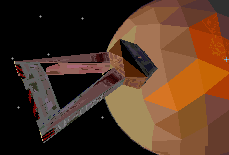
Average Temp: 200C to -200C
Average Mass: Around 0.1 Earth
Masses
Comment: Common mining planet, usually bleak and cold,
These planets only offer a wealth of minerals to persuade
settlers. Found almost everywhere in the universe
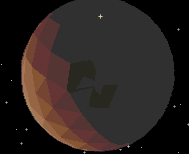
Average Temp: Up to 500C
Average Mass: Around 1 Earth Mass
Comment: These worlds are useless and deadly, one cannot even begin to set up mining operations before the acidic atmosphere has reduced your MB4 to a boiling pool of metal. Avoid at all costs
Notable planets of this type include Venus and Achenar 5

Average Temp: Around 150C
Average Mass: Between 0.05 and 2 Earth Masses
Comment: These planets are highly dangerous but also
provide a large amount of cheap energy to those willing
to tap it with the use of coils around the planet.
Notable planets of this type are Lucifer in the Sirus system and IO in the Sol system
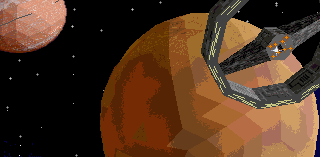
Average Temp: Around 10C
Average Mass: Around 1 Earth Mass
Comment: These planets are those which would have sustained life but for some reason cannot, usually because of radiation from a nearby star. They initially appear tempting but soon turn out to be inhospitable and costly.
Notable planets or this type are Eden in the Alpha Centauri system
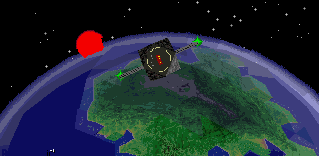
Average Temp: -100C to 50C
Average Mass: Around 1 Earth Mass
Comment: Previously thought devoid of life these planets
are in fact possible homes to the Thargoids, who have
evolved many adaptions to cope with the harsh conditions.
Of little economical value to humans these systems
demonstrate that Thargoids and humans could co-exist.
Notable systems include Pleione 4b a base of the
Thargoids
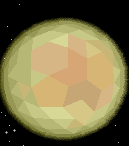
Average Temp: -100C to 50C
Average Mass: Around 1 Earth Mass
Comment: Dangerous and of little economic value, avoid at all costs.
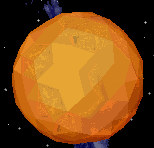
Average Temp: -100C
to 100C
Average Mass: 0.01 Earth Mass
Comment: Too small to mine profitably, these planets have
little use.
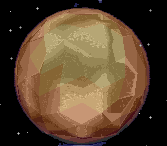
Average Temp: -100C to 100C
Average Mass: 0.001 Earth Mass
Comment: Bordering on asteroids these are too small to
mine profitably.
